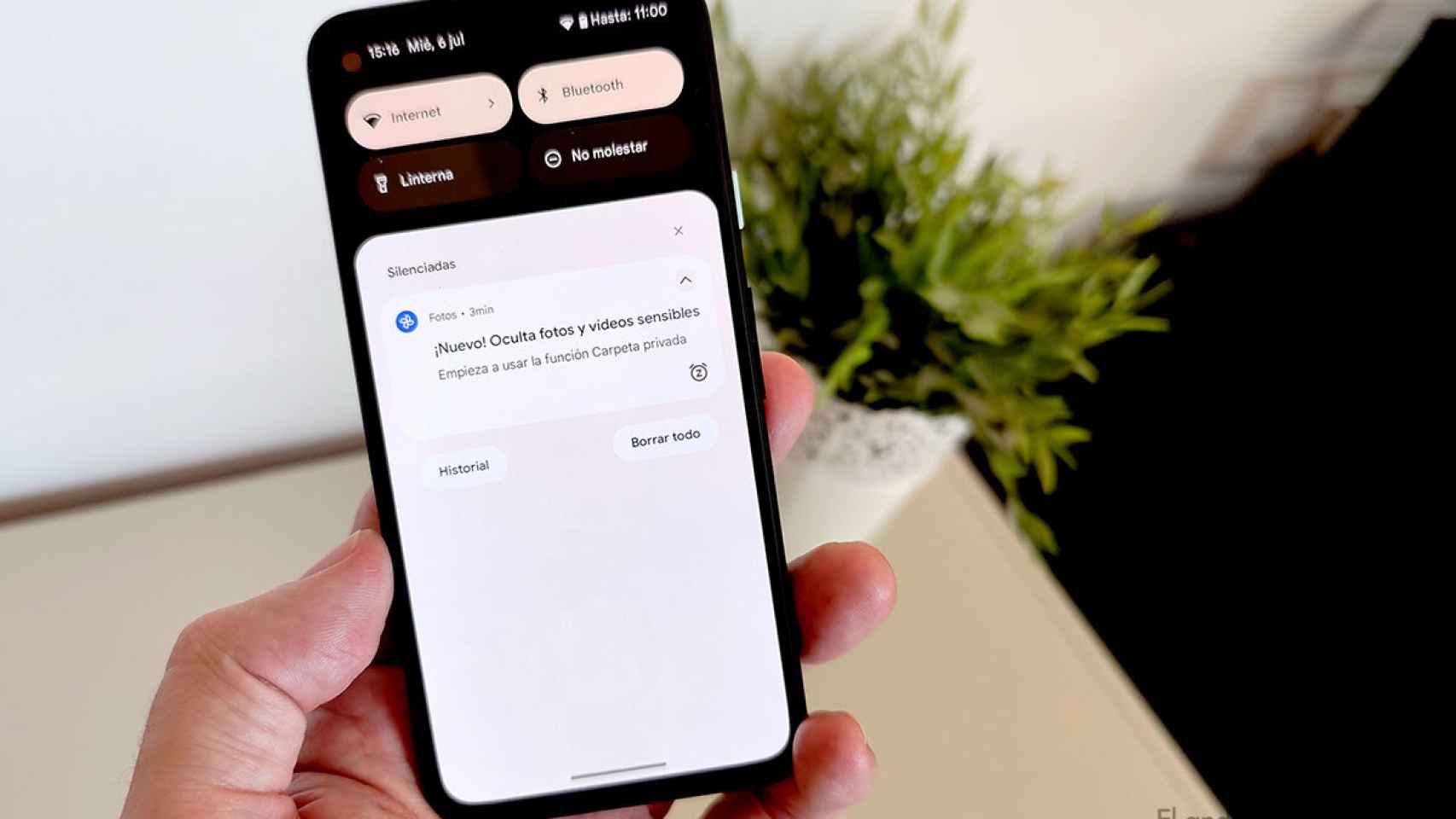Text messages with SPAM or phishing are more and more the order of the day. These are messages with unwanted content that, at best, include an advertising link to access a store’s website or something similar. In the worst case, they replace a company or official entity with economic purposes and/or data theft.
Many times it is easy to detect that they are SPAM SMS, but that does not prevent them from being annoying to receive. For this reason, in this article we are going to ask you about all the options you have for avoid receiving these types of messages on your mobileby accessing the settings of the terminal itself and with third-party tools.
Using the Google Mail app can be essential

In addition to adding a system to check SPAM calls, Google added several years ago a feature to SMS tracking in your native messaging app. If you are using this Google Messages app, it will already be enabled by default and in fact you can manage blocked contacts by accessing the app, clicking on the top three dots and then “Spam & Blocked”.

Likewise, it is convenient that check if the protection is active. To do this, you must open the application, click on the three aforementioned points and, in this case, click on “Settings”. Once there, you need to go to “Spam Protection” and make sure the option is enabled.
It must be said that, although the Google one is one of the most recommended, default apps from each manufacturer They also generally bring similar protection systems today. To make sure, you can do the same as with Google, by going to their respective settings and making sure the options to prevent spam are turned on.
The best applications to detect SPAM SMS
Beyond the settings, there are a few apps available on Google Play which serve as another barrier against receiving text messages with malicious or unwanted content. They all work the same way, having to give them permission to access the content of your SMS. Of all there are, we basically recommend two.
These apps and other message management apps could reduce your privacy because they require access to your contact list and messages.

The first is Key messages, which although in English, is very intuitive. This application in particular does not analyze the messages of your native application, but rather serves as an SMS manager within it, already providing a series of security filters with which to detect these annoying SMS. It also provides the option to manually add numbers to the blacklist.
Key messages

the other app is Call and SMS blocker, which is hardly a mystery given what name they baptized it. In this case, you will not only find that the application should be the default for messages as in the previous case, but it will also handle all your incoming calls. It is in Spanish and it is a complete application with which you will be able to avoid receiving SPAM communications on your phone.
Call and SMS blocker
Why is it important to use these apps

As we have already mentioned before, SMS classified as SPAM or junk can be of different types. The first to emerge and continue to be the most common are the commercial messages in which a promotion or the launch of a product or service is indicated to you. A priori, they are the least dangerous, since they are informative and, at most, add a link to their website so that you can consult all the information.
The origin of these advertising SMS is also consented. And yes, you may not remember how or when you consented to receive SMS advertising, but that’s where those long terms that we accept when registering on websites (and that we rarely read) fully come into play. The most advisable thing here is that you contact the sender to tell you how to unsubscribe.
The other type of spam SMS we find is increasingly on the rise and they can be dangerous. We refer to those who use phishing techniques, which basically consist of impersonating a well-known company or government entity. Many times they are seen in the league due to their writing style they are fakewhile many others are so sophisticated that even mobile can detect them as well and file them with the name of the company they impersonate.
There are many text messages that pretend to be a real company so that we install malware on the mobile or provide them with our bank details.
In its content normally add a link which redirects to a supposed official website of the company and this is where the risk comes in. As in the content of the message, the one on the web may be obvious that it is fake, but on other occasions it is very successful. Looking at the URL and seeing if it matches that of the official site is a good indicator.
And what are they looking for with this type of SMS? Fundamentally Steal. In the “best” case, they just want your data and then trade it. And we put it in quotes because it’s not nice either. In other cases, they want embed malware in your mobile with which to extract all your information. Although if there is a usual goal, it is to get your moneyeither with direct payments or offering to enter your card details on this suspicious website.
We can find many examples, like the one that the Post Office is supposed to send, which warns you that you have received a package, but you have to pay a fee to collect it. There are also those who pretend to be other transport companies and even your bank.
There is a complete guide to avoiding getting scammed by SMS that we recommend you read. Although we have already warned you the importance of using protection systems like the ones we saw in this post. If you don’t receive the SMS, you won’t have a problem, and apps are generally pretty reliable in that regard.
Table of Contents










